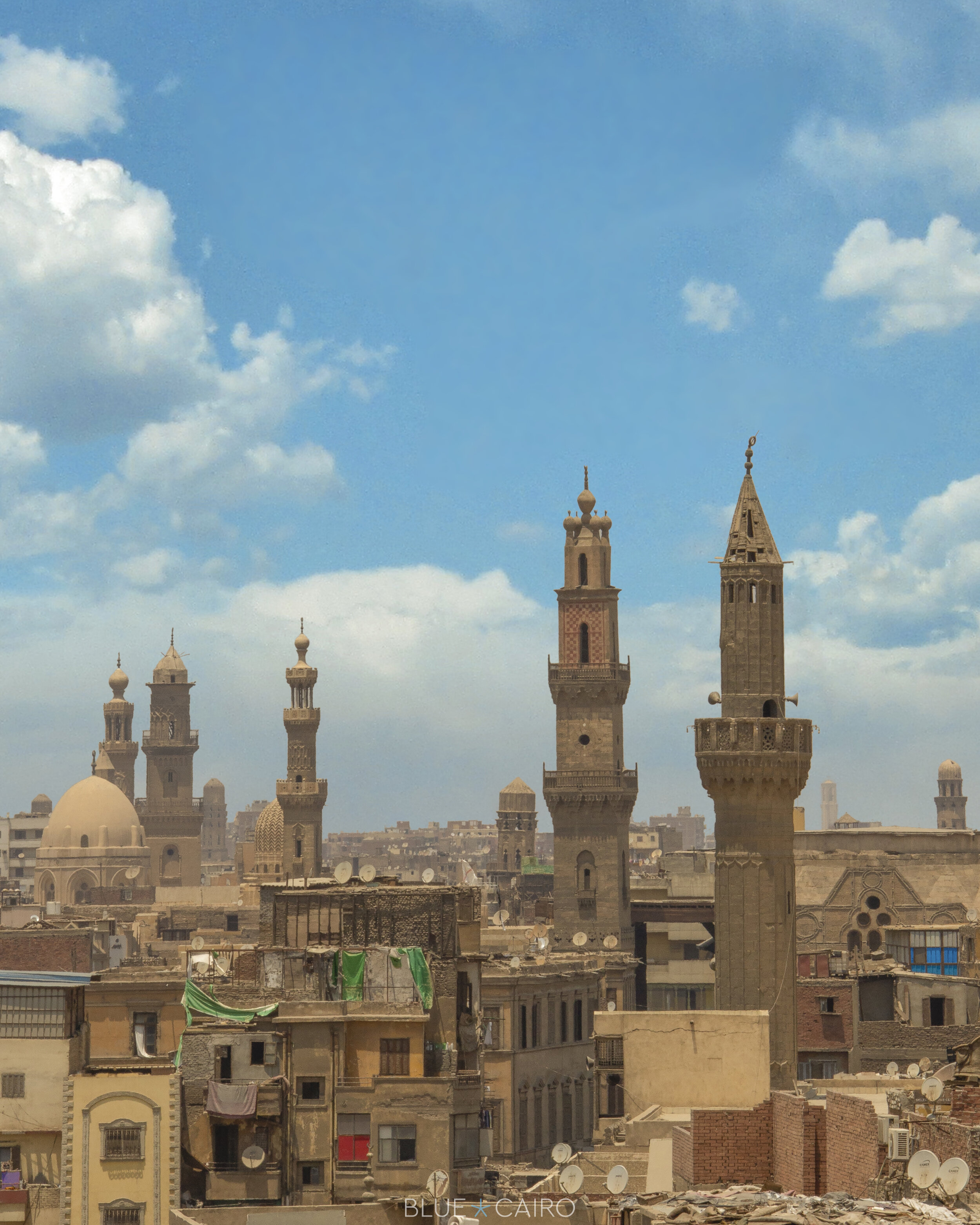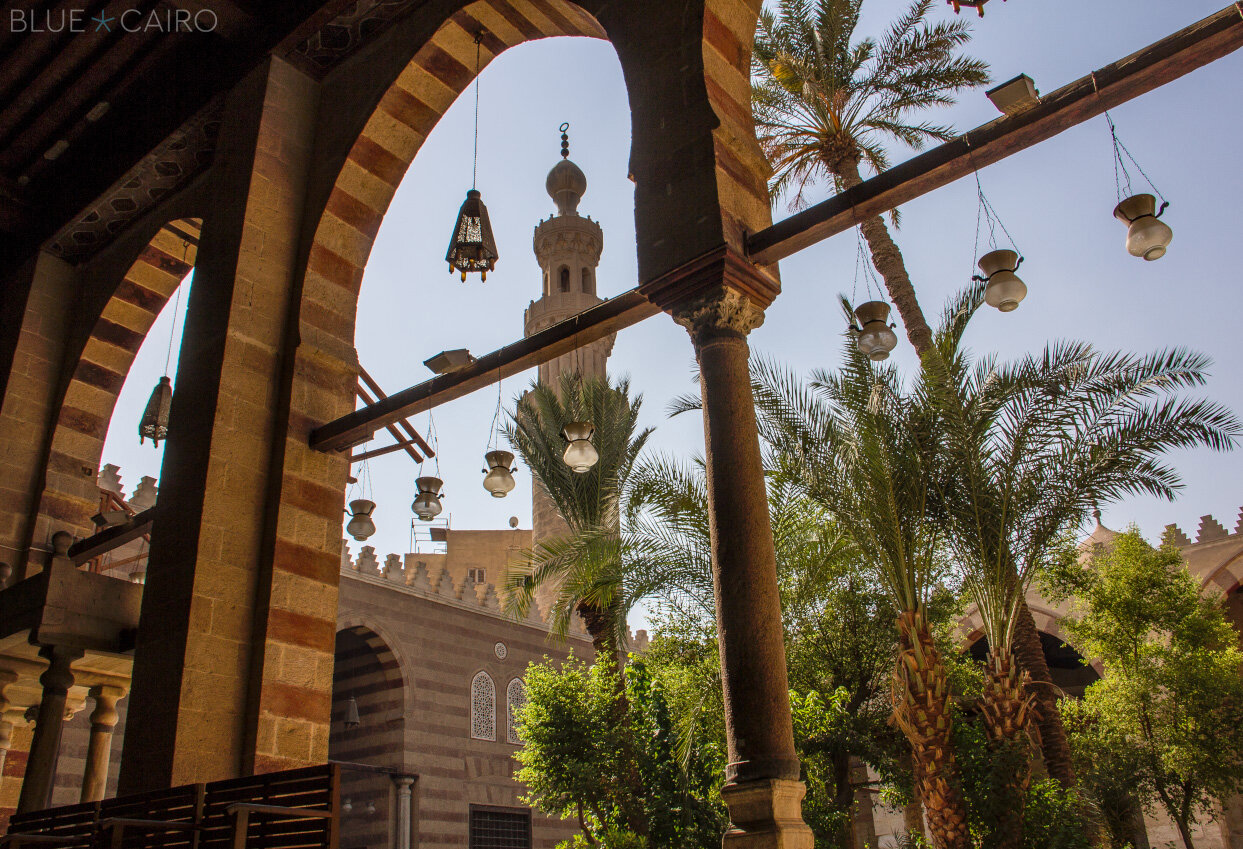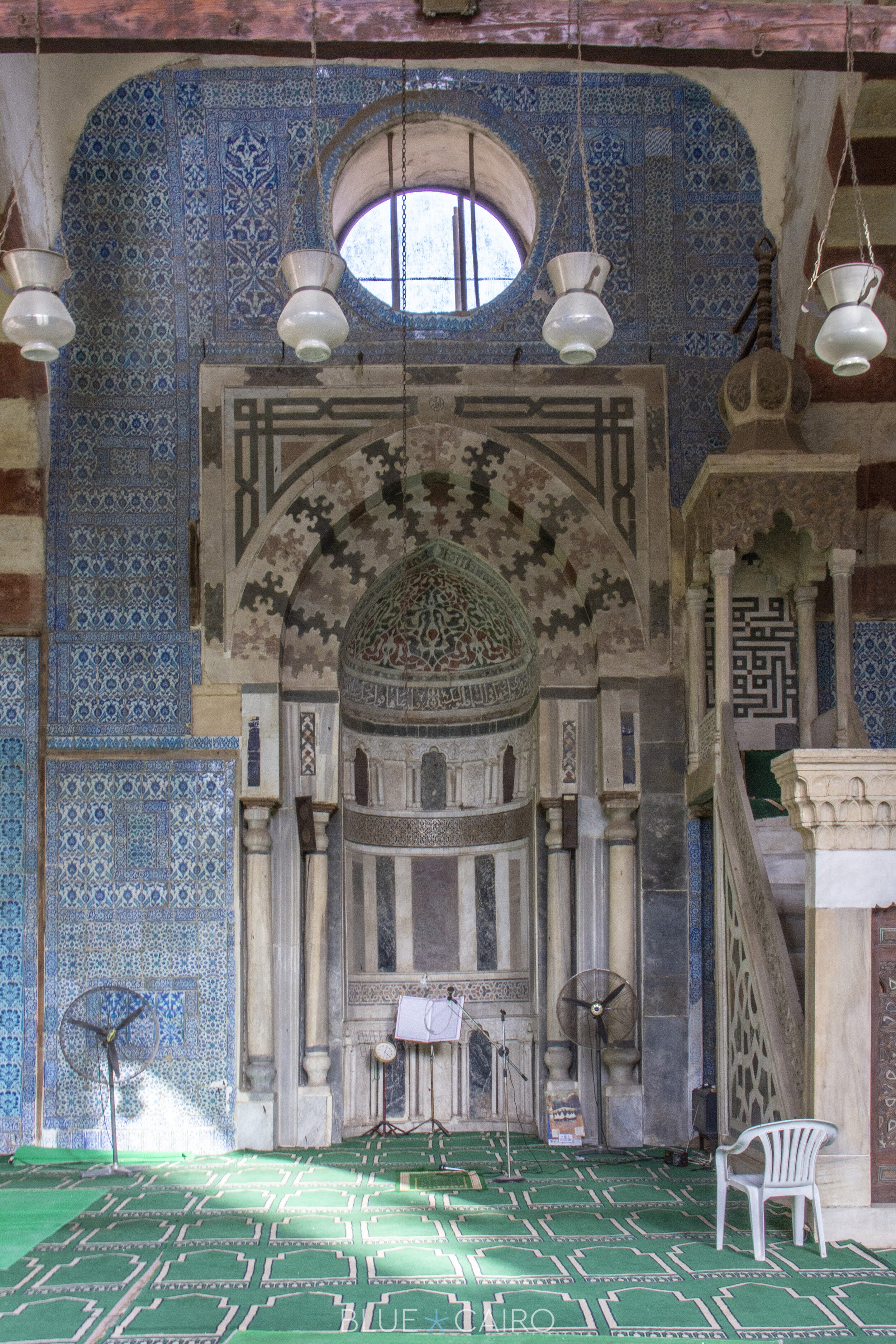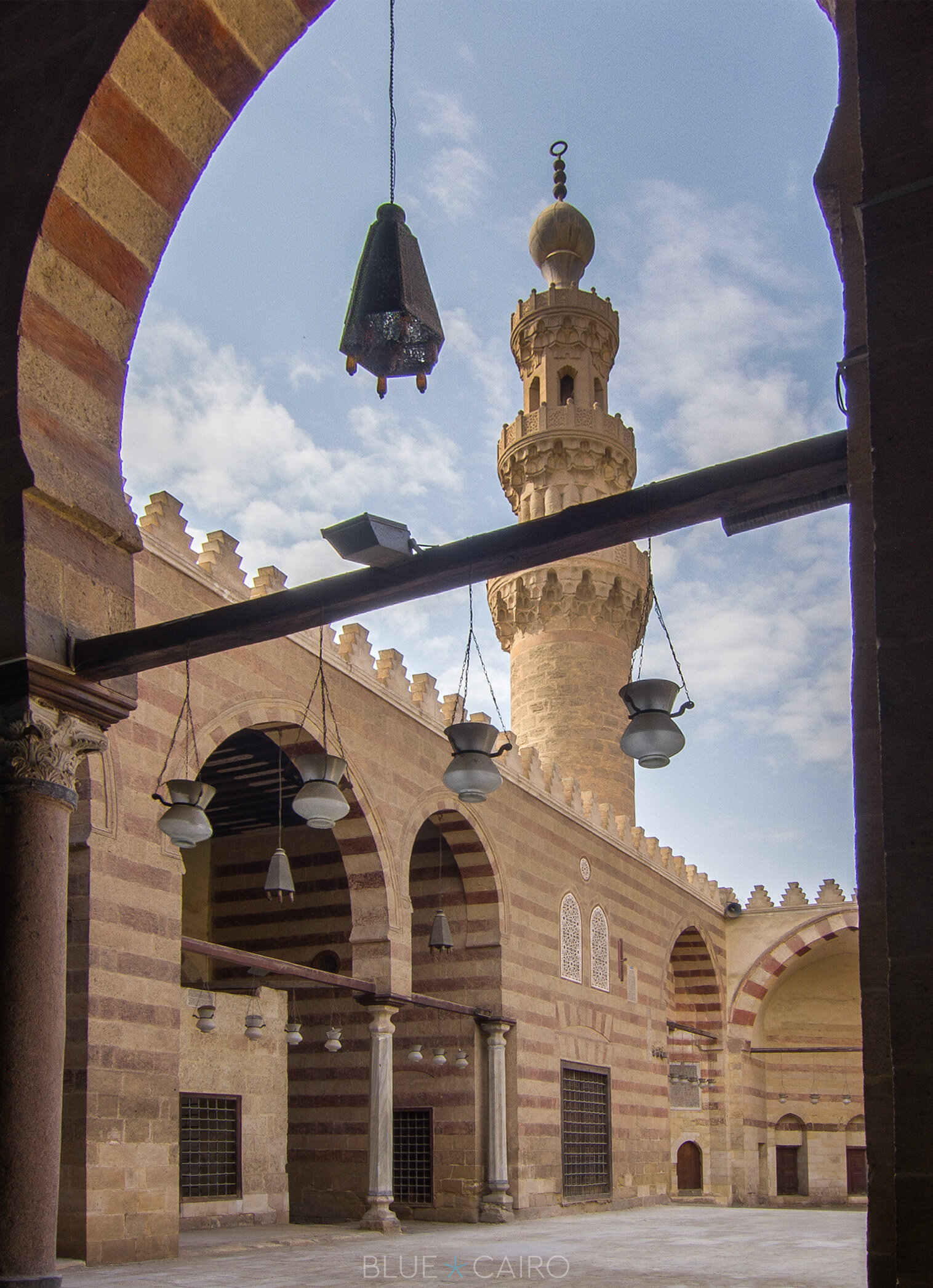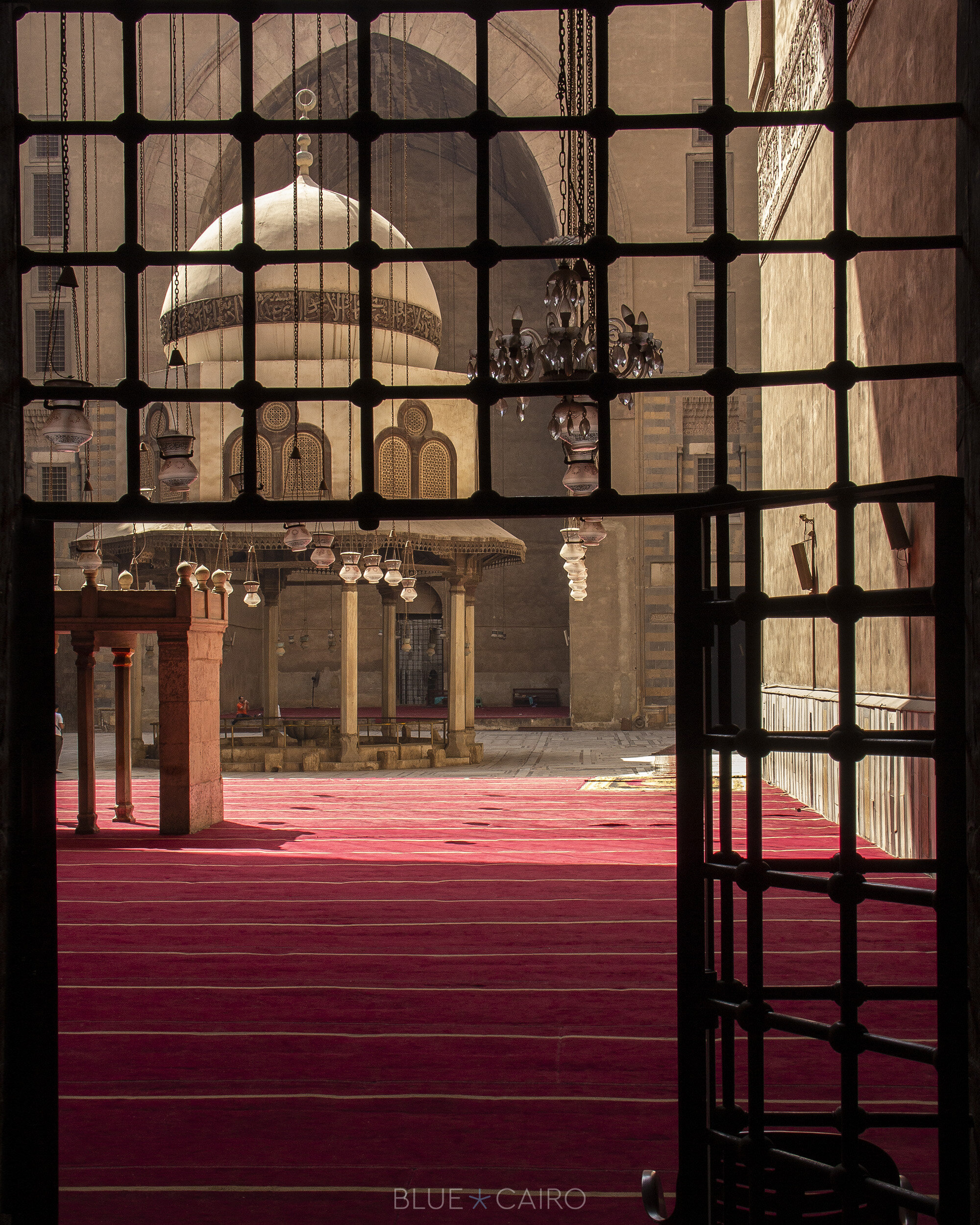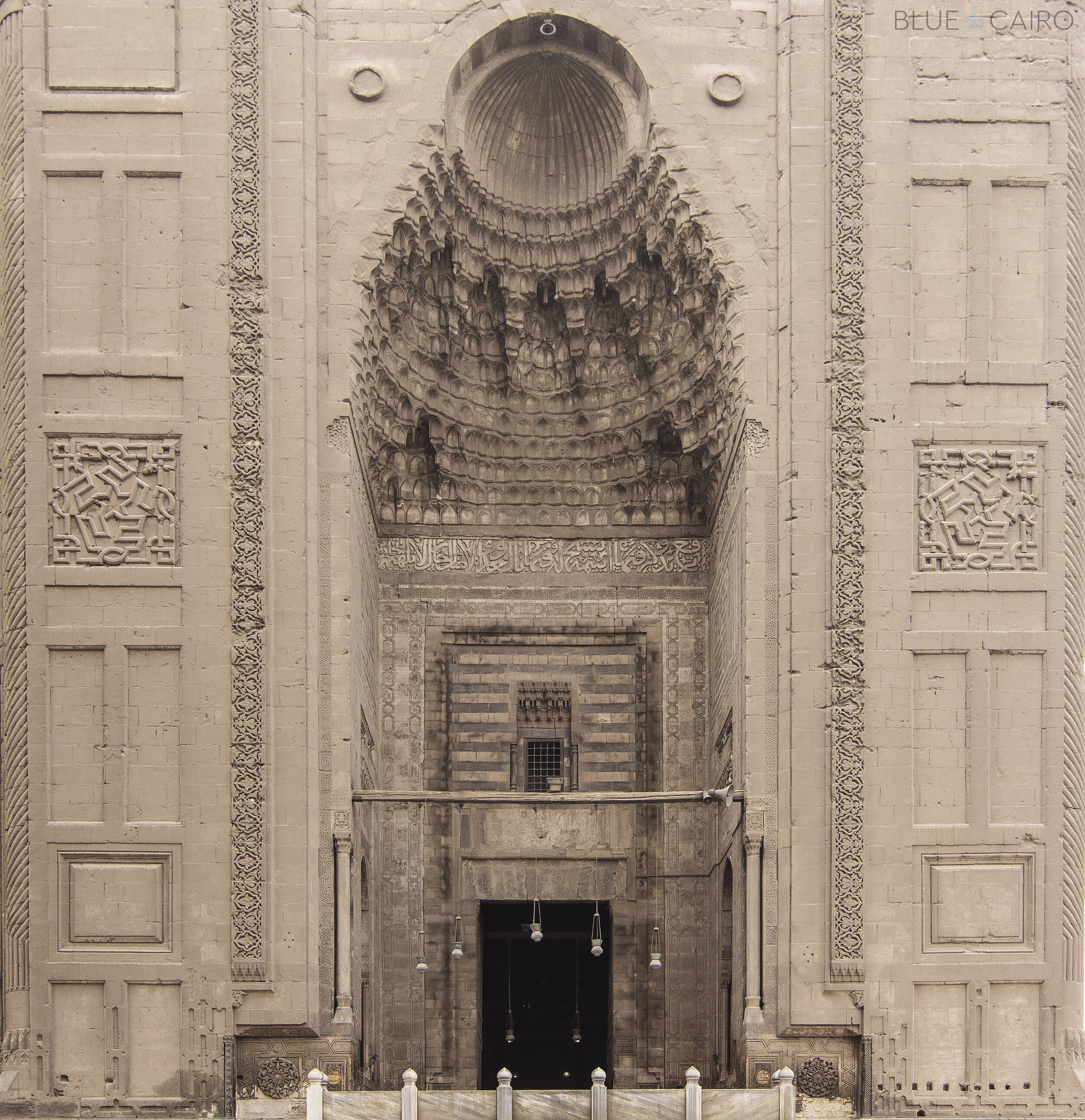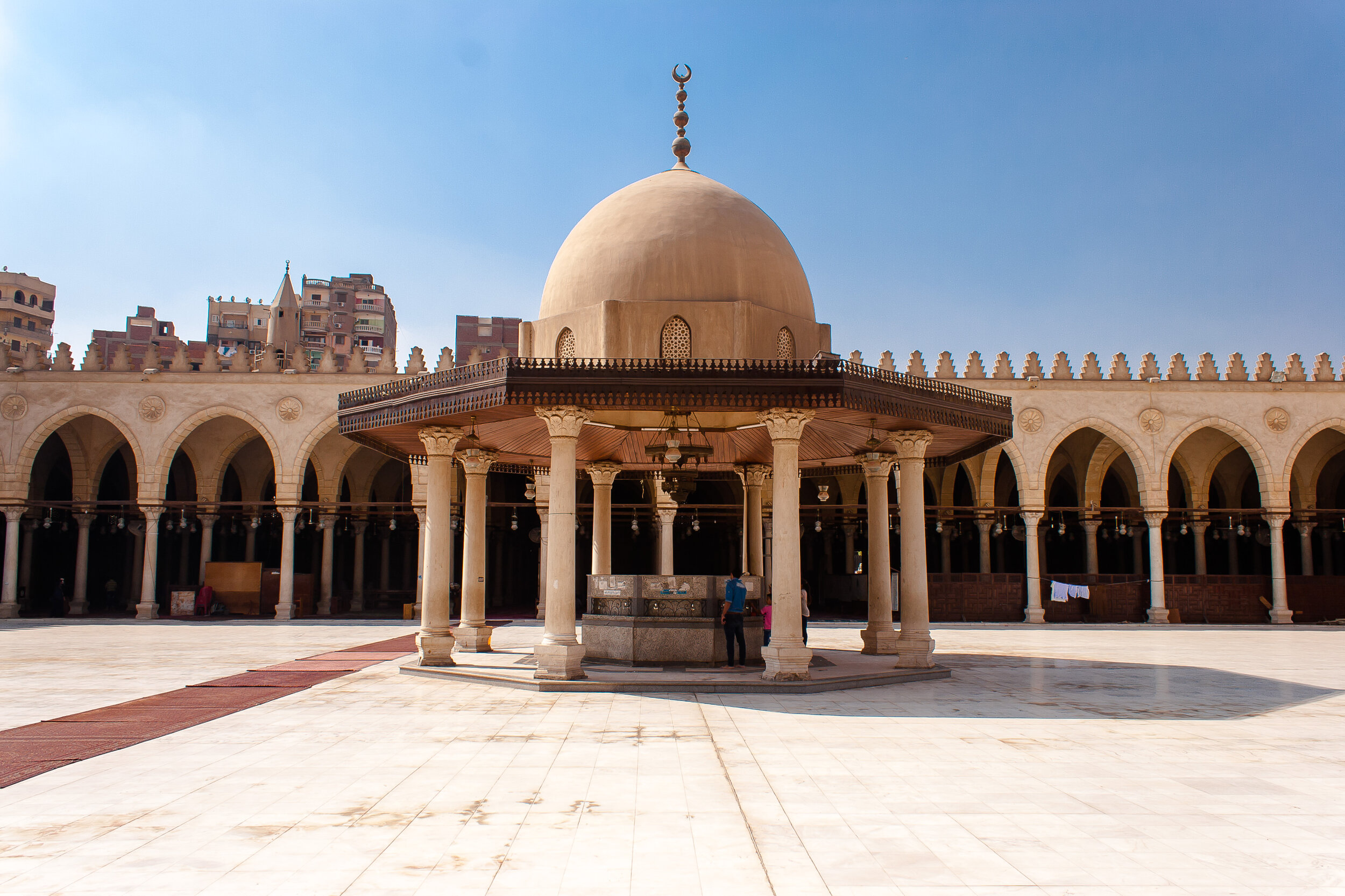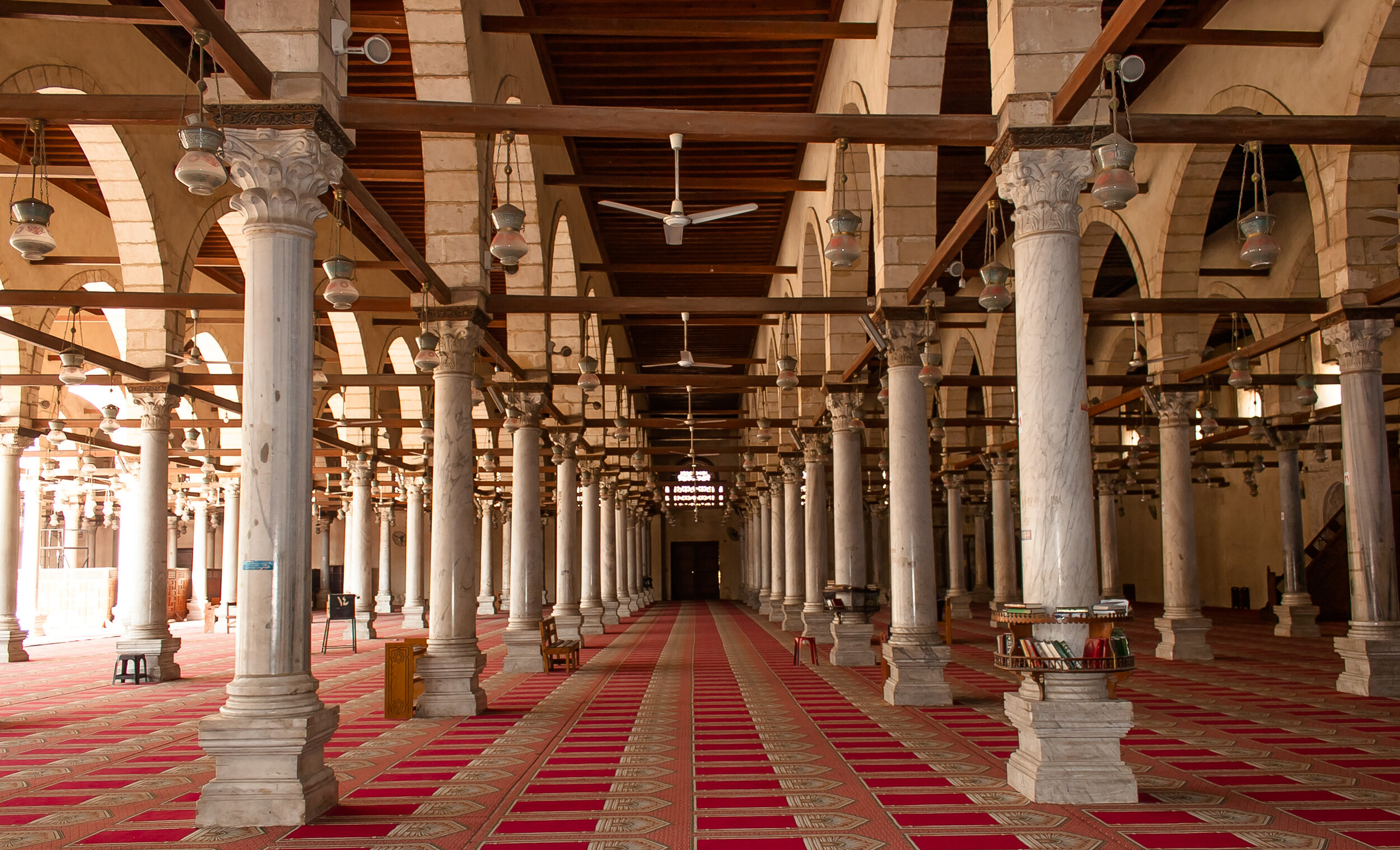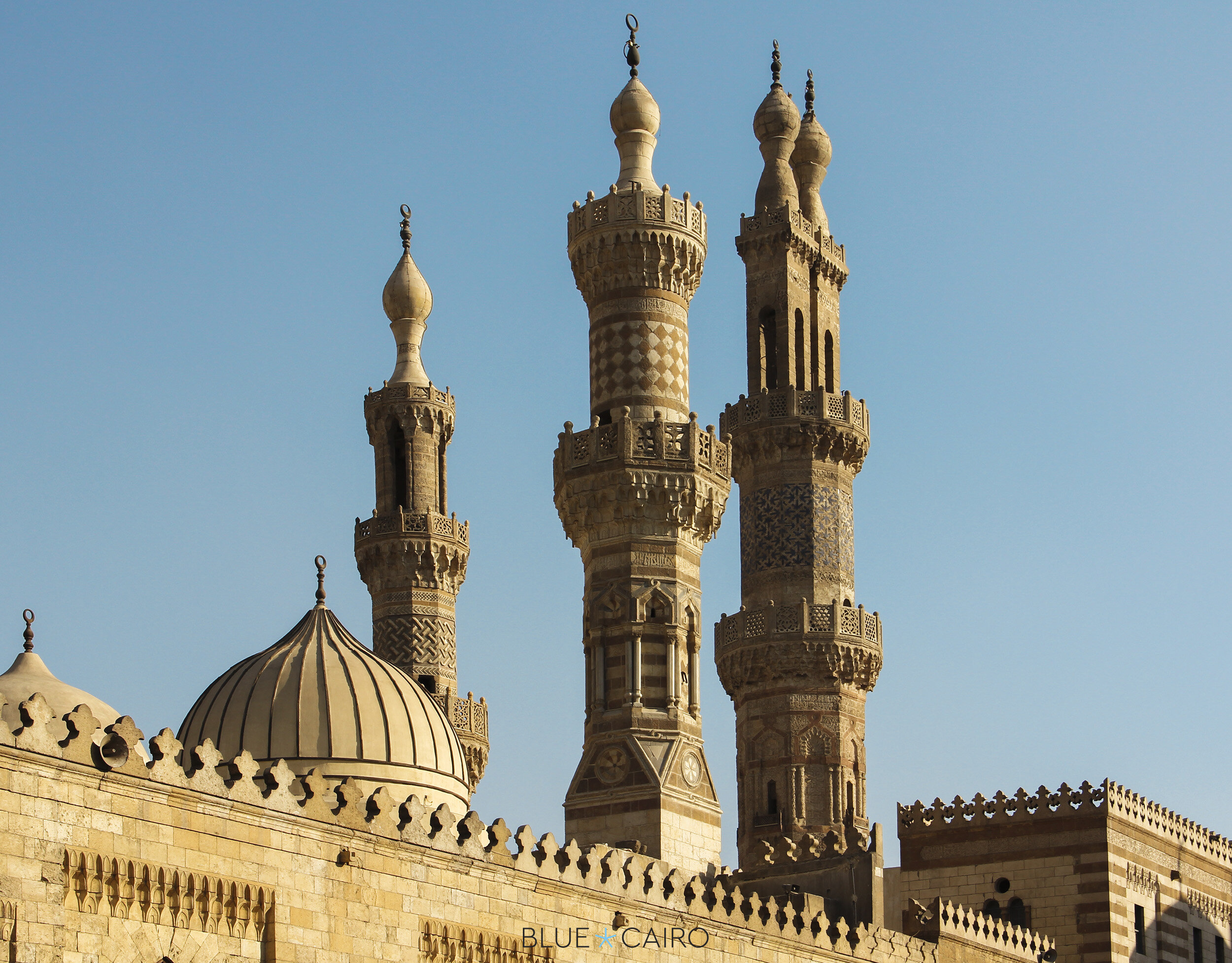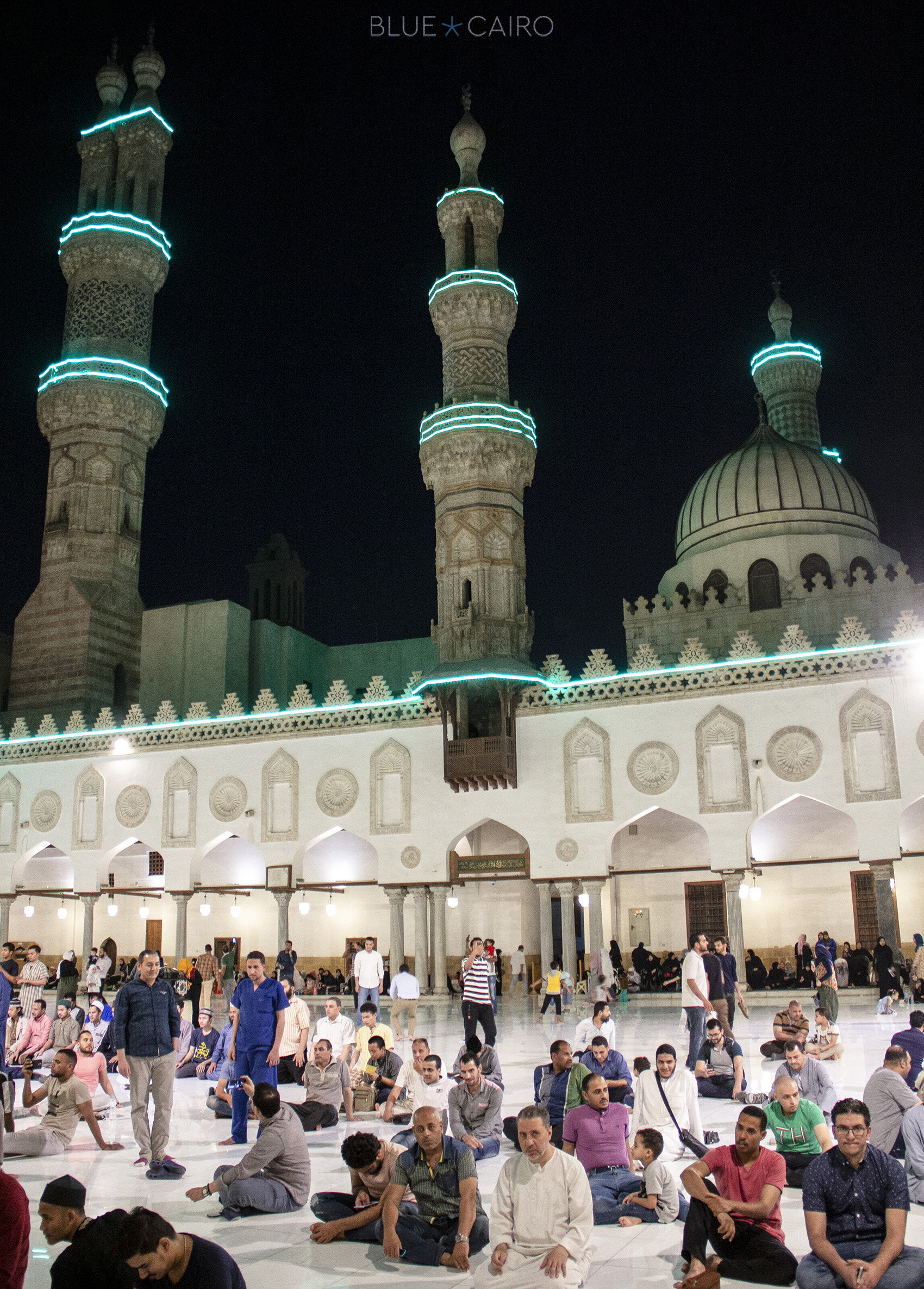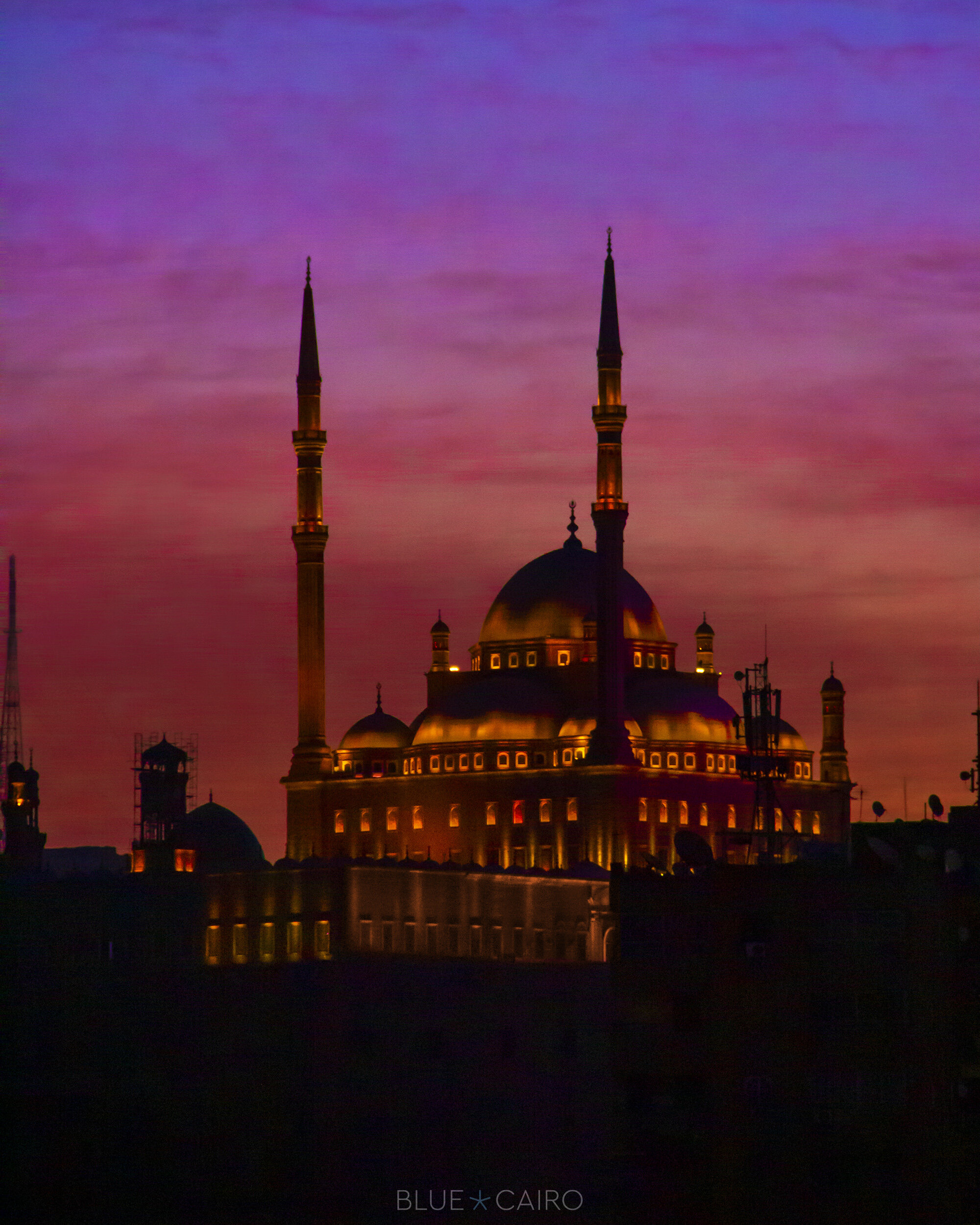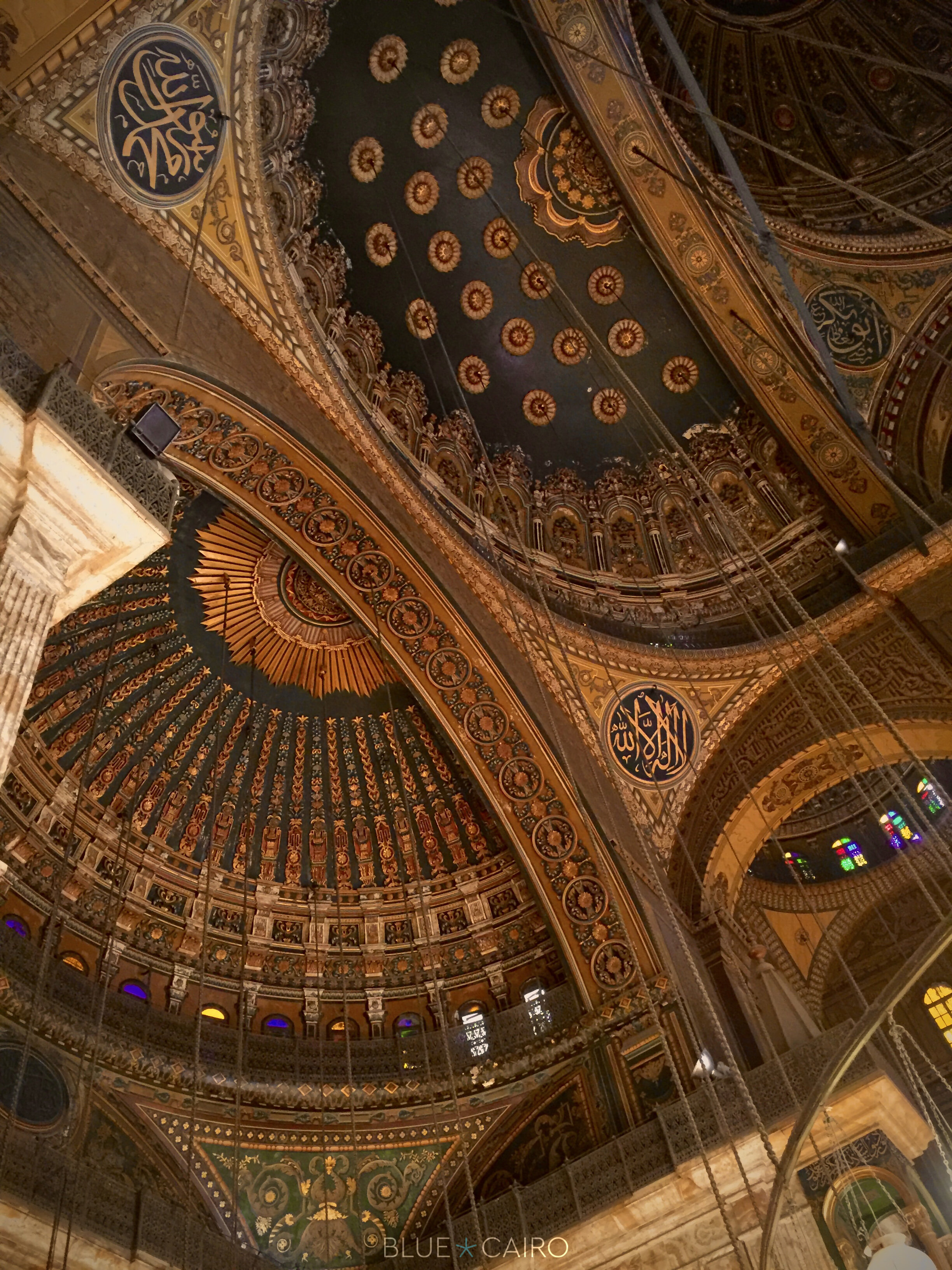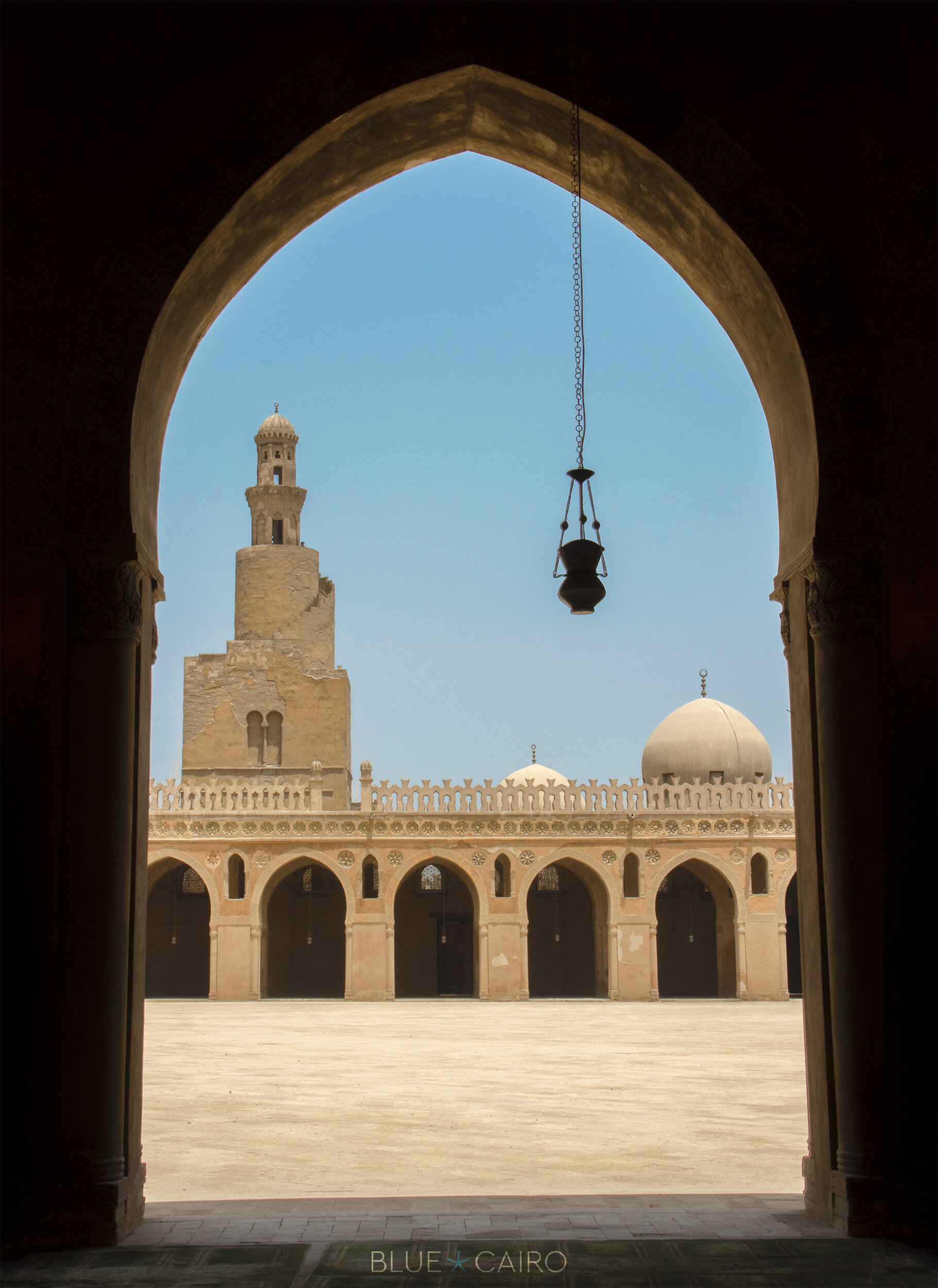And proclaim to the people the Hajj [pilgrimage]; they will come to you on foot and on every lean camel; they will come from every distant pass
That they may witness benefits for themselves and mention the name of Allah on known days over what He has provided for them of [sacrificial] animals. So eat of them and feed the miserable and poor.
(Quran 22:27-28)
The Hajj is an integral part of a Muslims life. If one is physically and financially able it is one of the five mandatory pillars of Islam. The Hajj which includes the visit to the holy city of Makah is for some a once in a lifetime experience, and a journey which is sometimes eagerly anticipated for decades.
For a Muslim growing up in a land far from the Hijaz, the Kaaba and its beautifully ornate Kiswah (Pall) is a sight limited to photographs and video footage. Its mere image becomes entrenched in the mind. When we see the Kaaba we are reminded of the most high.
But after many years the opportunity will arise, in whatever form it may be, the call to visit the beloved city will come. For some, it's an incomprehensible thought. A life-long devotion to the most beloved has sent us to the City of Makkah and to the Kaaba itself. What will be our initial emotions on that day? Will we feel anything? Will the anxiety overwhelm us?
We have collected anecdotes from a number of Hujjaj in order to share the experience of a debut Hajj or Umrah experience. These anecdotes are from a variety of people from varied time periods and regions of the world. May we all have the opportunity to visit the house of Allah SWT.
I was blessed to do Umrah in March of 2016 as part of the Qalam Institute Seerah Umrah.
Sometimes it's so easy to seem insignificant. Imagine being surrounded by hundreds of thousands of people calling the same Lord at the same time. You feel little, but at the same time for those few minutes you're calling out to Him and it's like no one else exists. You stand in front of a black box, in the middle of the world, away from your comfort zone, but somehow feel more at home than you could ever imagine. At that time, no one else matters. The world around you that is spinning, stops. It's just Allah and you. You think of all the good you may have been blessed to be a part of and all the ugly you may have committed. It's as if you call and He is waiting to answer and grant. For when you walk away, there's completeness. A sense of security. A moment of strength. A sign of lifted spirits. You leave the Holy cities physically exhausted, but spiritually uplifted It almost a sense of understanding on your relationship with Allah SWT, it gives you the strength to carry on and you leave with images that serve as a reminder that will make you long to be back, over and over again.
It helped me gain a stronger grasp of Allah SWT when he says, "I answer the call of the caller; whenever they call." He responds to whoever you are. He doesn't mention wherever you are because you could be standing steps away from the Kaaba or continents away, but He will always be with you.
When was the last time you called upon The Most Merciful? Know that it is never too late to reach out. Speak to Him even if you have a silent conversation for surely He hears even your hearts whisper. Truly He knows what you reveal and what you conceal.
Being in Makkah helps bring this to life because once you leave you always have the Kaaba engraved behind closed eyelids. That first glance when you return is like seeing a beloved once again, a true sight for sore eyes, an image that can never be replaced.
Marium - USA
The first time I went for Umrah was in 2005. My Mum and Dad told us over dinner that we would be travelling to the cities of Makkah and Madinah in Saudi Arabia to perform the lesser pilgrimage. As a 10 year old I hadn’t thought much of it, yes I had heard my parent’s stories of when they went for both Umrah and Hajj but little did I think of how different it would be for me as a child.
The first memory that comes to mind was the heat. A blazing heat that was relentless and one that made no room for a cool breeze. It now makes sense as to why the air hostess gave us sunglasses to wear. Entering the city of Makkah was an experience I will never forget. Throngs of pilgrims making their way to the Masjid while cars and motorcycles jostled for space on the clogged roads, all the while construction workers laboured away in the blazing heat. And then came the Adhaan. This melodious, soul penetrating call, had instantly distracted me from the colourful chaos that surrounded us. It was time for Dhohr, the midday prayer, and soon after we would perform the lesser pilgrimage. Stepping foot on that white marble floor of the Masjid was a unique experience.
My Dad told us to not look at the Ka’bah and to keep our heads down. At the time I didn’t understand the emotion I was feeling but I felt it for sure. It was exhilarating and with every step, a raw sense of happiness had gripped me. Finally, we had reached the inner courtyard of the Masjid and alas we were able to look up and there it stood, al-Ka’bah, the 4 walled black structure that stood out from the whiteness around it. Peering at the majestic sight, I was left in awe. All of a sudden I had become numb to the crowds that were jostling and bumping into me and in that brief moment, it was just the Ka’bah and I, At last, I was able to feel what my parents felt when they performed their first Umrah and now I understood what my Mum meant when she said that the first time is a life-changing experience.
Performing the different acts of Umrah was for sure an enlightening experience, from Tawaf to the running between the mountains of Safa and Marwa and finally the shaving of the head. My first pilgrimage was an utterly unique experience and one that will always stand out for me.
Mussa - UK
I felt like my soul stepped out of my body and performed tawaf. I don't think I was the only one feeling like that because people were crying, making dua out loud, they simply didn't care what people would think of them. I felt like we were all walking as one unit as if we were all linked somehow.
Every time I looked at the Kaaba, I got the feeling that it was witnessing people, their dua, their thoughts and their feelings. The thought of Angels doing the same thing in the sky around البيت المعمور the house of God himself Subhanallah.
Lobna - Egypt
I remember walking in Masjid al-Haram in excitement to finally see the Kaaba. Walking past pillar after pillar while there was a rush all around me, feeling the breeze across my face as I quickened my footsteps & there it was. My eyes filled with tears and I was truly humbled to have finally witnessed the beauty of the Kaaba myself.
Aisha - UK
One particular experience that stands out was reciting the Talbiyah on the way to Umrah. It's a very emotional statement and it's meaning is very powerful as well because it's like you're telling Allah right then and there that you are about to conduct Umrah just for him. Another one would be doing Tawaaf, retrospectively I feel honoured, that I had the opportunity to do Umrah. A great honour and privilege is how I would describe it in hindsight.
Ismail
Share Your Story
When was the first time you went on Hajj or Umrah? We would love to add your contribution to this ever-growing article. Fill in the form below to share your experience of visiting the Kaaba for the first time.
You May Have Missed…



